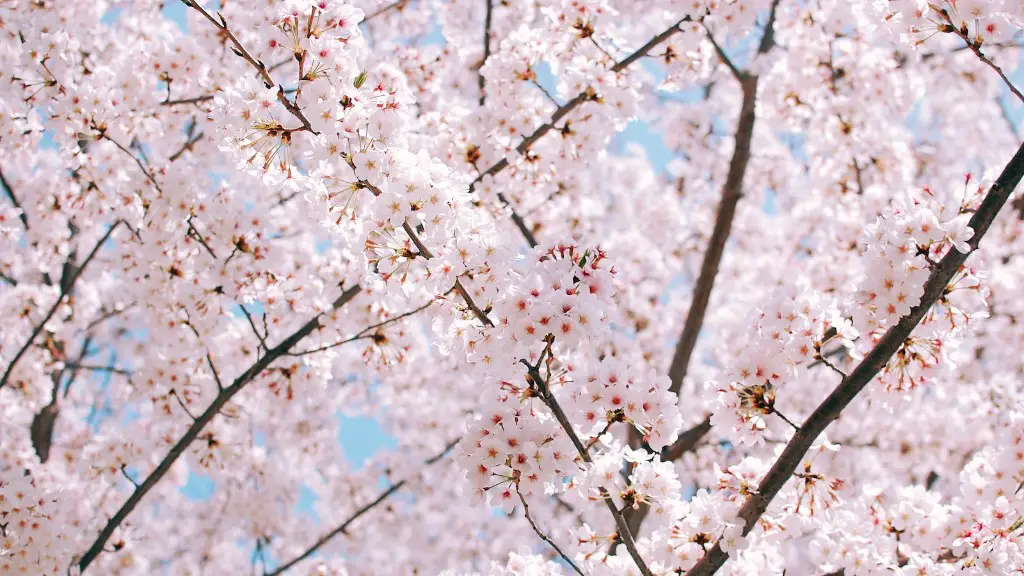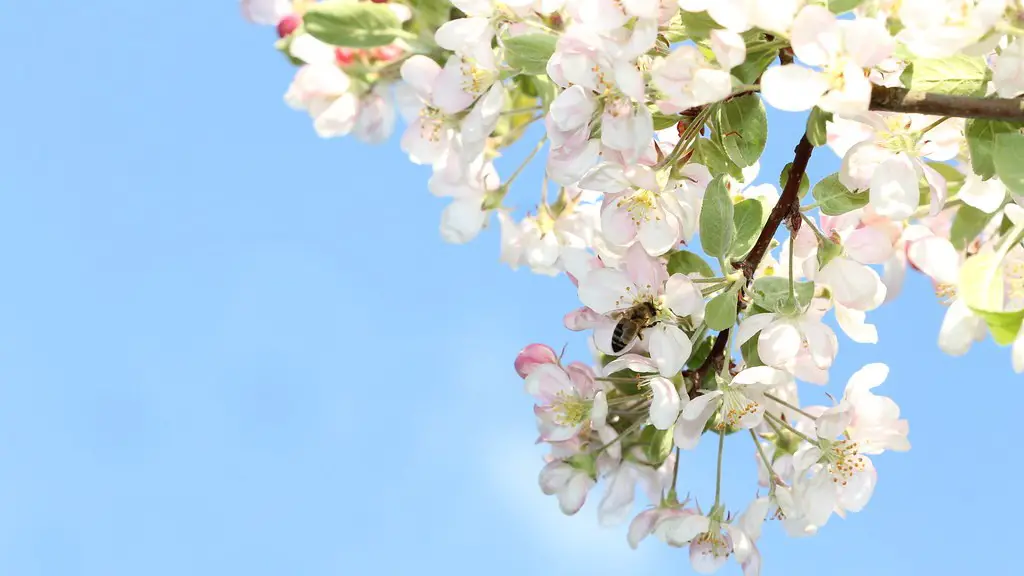Transplanting a cherry tree is one of the most important gardening jobs. For some people, transplanting a cherry tree may seem complicated but, with the right knowledge, it can be a rewarding experience. A cherry tree must be moved properly to ensure healthy growth, and it takes careful planning and preparation. This article will discuss everything that a gardener needs to know when transplanting a cherry tree, from preparing the tree for the move, to post-transplant care.
Choosing a Suitable Location for the Tree
The first step when considering transplanting a cherry tree is to choose a location that has enough space, sunlight, and drainage for the tree to thrive. The tree should be planted in an area with full sun and soil that drains well and is not overly saturated with water. Test the soil to see whether or not it is acidic or alkaline before planting, as this will affect the growth of the tree.
Preparing the Tree for Transplant
Once the location has been chosen, it’s time to prepare the tree for transplanting. Start by removing any debris from the root system, and trim any larger branches that are four inches or longer. This helps to reduce the amount of stress on the tree during the move and will increase the likelihood of establishing a healthy root system once transplanted. Prune the tree and separate any invasive roots that are not essential for the transplant. When the tree is ready, it should be wrapped in burlap or a protective cover to protect the root system during the move.
Digging the Tree’s New Hole
Digging the hole for the transplant is one of the most important steps in the process. Dig a hole that is 2-3 feet wide and twice as deep as the root ball. Make sure the hole is level and firm, as a sloppy hole can affect the growth of the tree. After the hole is dug, fill it with quality soil and compost or fertilizer to help the tree grow.
Transplanting the Tree into the New Hole
Carefully transport the tree to its new home, taking care not to damage the roots. Once the tree is in place, cover the roots with soil and gently pack it down so that the tree is stable. Any branches that have been pruned should be tucked inside the soil, as this will help protect the tree’s exposed root system. Water the tree well and monitor the soil so that it stays moist during the first few weeks after transplanting.
Post-Transplant Care
Once the tree is transplanted, there are a few steps that need to be taken to ensure that it thrives in its new home. Fertilizing the tree during the first few weeks after transplanting will help to promote healthy growth. Additionally, mulching around the tree helps to retain moisture and protect the root system from extreme temperatures. Finally, monitoring the tree for signs of stress such as discoloured leaves or wilted branches is essential to ensure that the tree remains healthy.
Additional Tips for Transplanting Cherry Trees
When transplanting a cherry tree, it is important that the gardener be prepared to spend some time and effort caring for the tree in the weeks and months following the move. Additionally, moving a large tree can be a challenge and it is important that all safety precautions are taken. Additionally, mature trees can be difficult to transplant and may require the assistance of professionals. Finally, it is essential that the gardener always adhere to the local planting regulations and zoning laws to ensure that the transplant is done legally.
Protecting the Tree from Insects and Diseases
When transplanting a cherry tree, it is important to research the pests and diseases common to the area. While the tree is susceptible to some insects and diseases, preventive measures can be taken to reduce the risk of infestation. During the first few weeks after transplanting, inspect the tree for signs of pests or disease. Additionally, proper pruning and pest control measures should be taken to ensure that the tree remains healthy.
Fertilizing the Transplanted Tree
Fertilizing the tree after transplanting is essential to ensure that it gets the nutrition it needs to thrive. A well-balanced fertilizer is recommended and can be applied to the soil around the tree. Additionally, if the soil is nutrient-deficient, soil amendments such as compost or manure can be used to improve fertility. It is important to remember that the amount of fertilization will vary based on the type of soil and the climate, and it is important that the gardener be familiar with the specifics of their region.
Staking the Transplant
Staking the transplant can help to protect the tree from strong winds and storm damage. It is especially important to consider staking for larger transplants, or for trees that are planted in windy areas. Quality stakes should be used and should be adjusted as the tree grows. Additionally, the stake should not be placed too close to the trunk of the tree, as this can damage the bark and the roots.
Watering the Transplant
Watering the tree properly is essential to ensure that the transplant succeeds. Water the tree regularly throughout the first few weeks, but avoid overwatering, as this can lead to root rot. Additionally, water the tree deeply to promote deep root growth. During drought or hot weather, the tree should be watered more frequently. Finally, mulching around the base of the tree will help to retain moisture and keep the roots cool.


